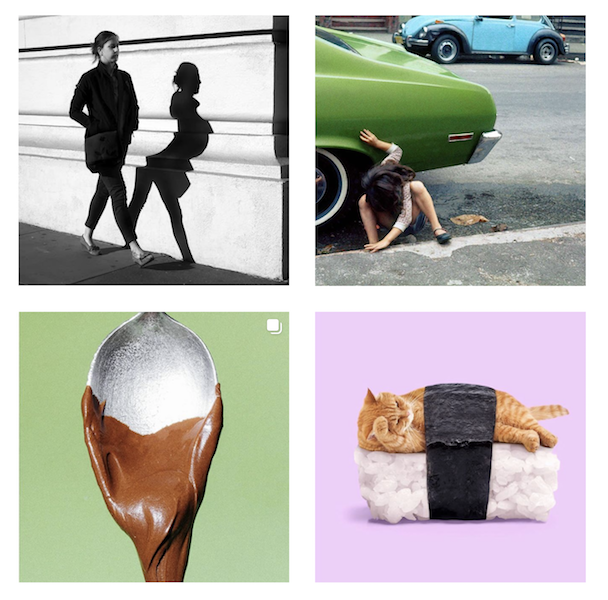Talent Talking
September 17, 2019
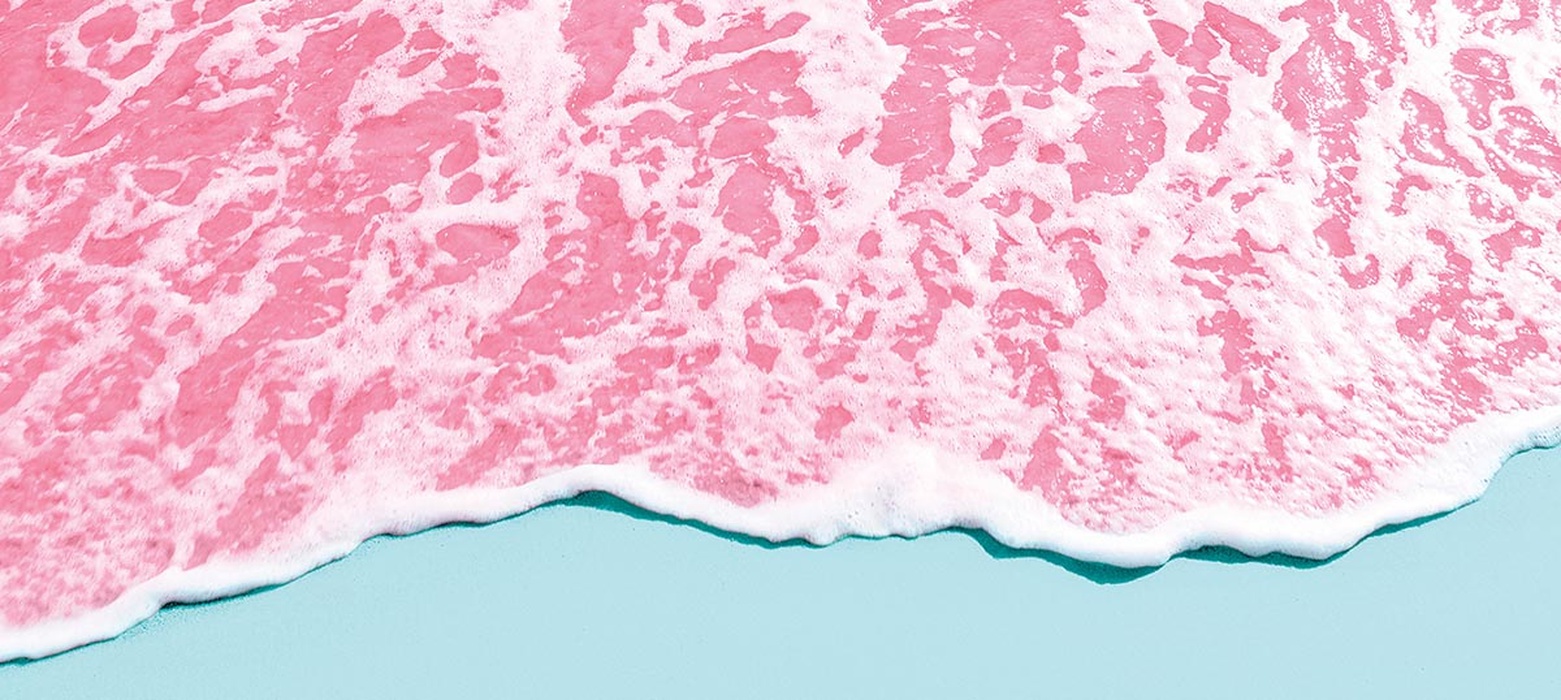
@ Paul Fuentes
Since its beginnings, photography never stopped evolving... Today, we benefit from digital expansion and social media but also hyper-competitiveness and an increasingly challenging demand.
We might say that photography is a victim of its on progress. But is it the same everywhere? We contacted photographers based around the world to find out what they think. Let your journey begin, from Brazil to China, via Mexico, Kenya, Somalia and Ukraine. All aboard, we’re in for a ride!
Let us be clear on this: times are hard for photographers, especially for fulltime freelancers. Today, the stakes surrounding photography have evolved immensely, especially in commercial photography. Pretty pictures always boost sales, but a saturated, more and more competitive market pressurizes visual creators to stand out from the lot. If they ever hope to adapt and comply adequately with the brands’ new needs, they must develop new methodologies and find new tools to do the job.
“I believe that it’s good to be updated on how trends, technologies and preferences are changing and affecting your market.” – Osborne Macharia
Distribution platforms such as Behance may prove to be quite helpful. Visual creators can draw valuable inspiration from it, and stay up to date with the latest news and trends in the photo industry. Another valuable resource worth mentioning: direct contacts. Networking still play a vital role in the photography business. Somalian photographer Mustafa Saeed confided he was keen to experiment with his pricing structure and study his market's reactions to determine the fair price that allows him to sustain his activity while giving the best value to his clients. Meaning that even if one Google search can yield hundreds of results, reliability still trumps quantity.
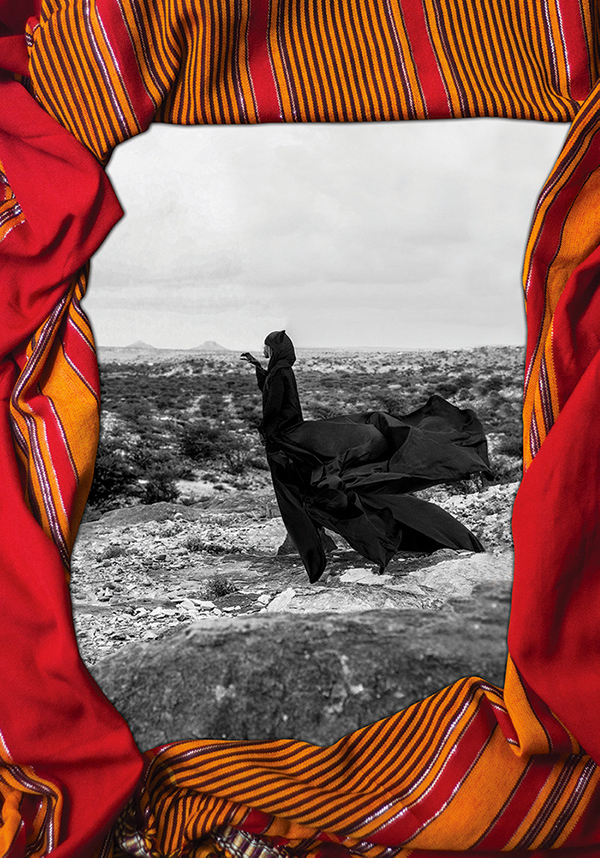

© Mustafa Saeed
While some prefer keeping up to date, others go their own way, without a care in the world for trends. This being the case of Russian duo Dasha and Mari who favors working around ideas and concepts, leaving the rest to their creativity.
“Creativity is the key of our photography. We don't follow markets tendencies and trends. We work with ideas, concepts in our style, performing fine quality result.” – Dasha and Mari
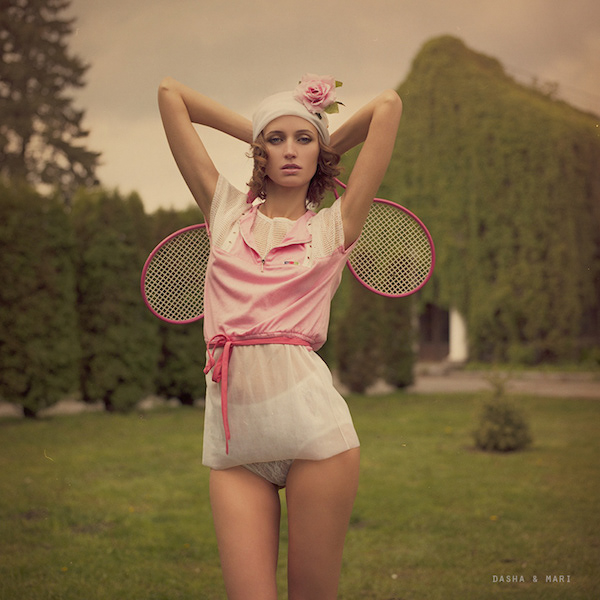
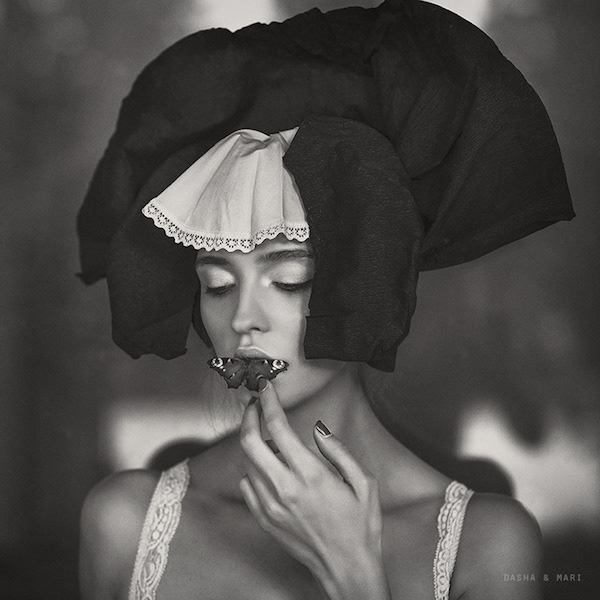
© Dasha and Mari
Our interviewees also underlined the importance of their personal projects in their artistic process. Growing pressure from the image market compels artists to retrench in their work, so they can reconnect with their own creative universe. The key to success resides in the delicate balance between commissioned and personal projects, between constraint and freedom.
“If I don’t save time in my schedule to produce at least one photo a week for personal projects, I get depressed. My art is my way for talking to the world and can you imagine staying a week without talking ? For me it’s impossible.” – Juliana Frug
“Nonetheless personal projects allow you the sheer joy of doing what your heart desires.” – Nick May
Afrofuturist photographer Osborne Macharia, whose work promotes African cultures, is adamant: personal and commissioned projects can't be separated. He believes his own work fuels his commissioned projects, while the latter plays a vital role financially. Basically, it’s a win-win situation that supports art without altering it.
“The personal work inspires the commercial work and the commercial work funds the personal work.” – Osborne Macharia
At Ooshot, we make a point of collaborating with our talents in the best possible conditions and we foster creativity by encouraging experimentation. We believe providing a safe space to try out new techniques will enhance their expertise and further develop their technical skills. That way, they increase their chances to open up to new commissioned projects and widen their customer base. As a result, a virtuous circle is created for both the artists and the clients, alongside the audience gets to enjoy innovative content.
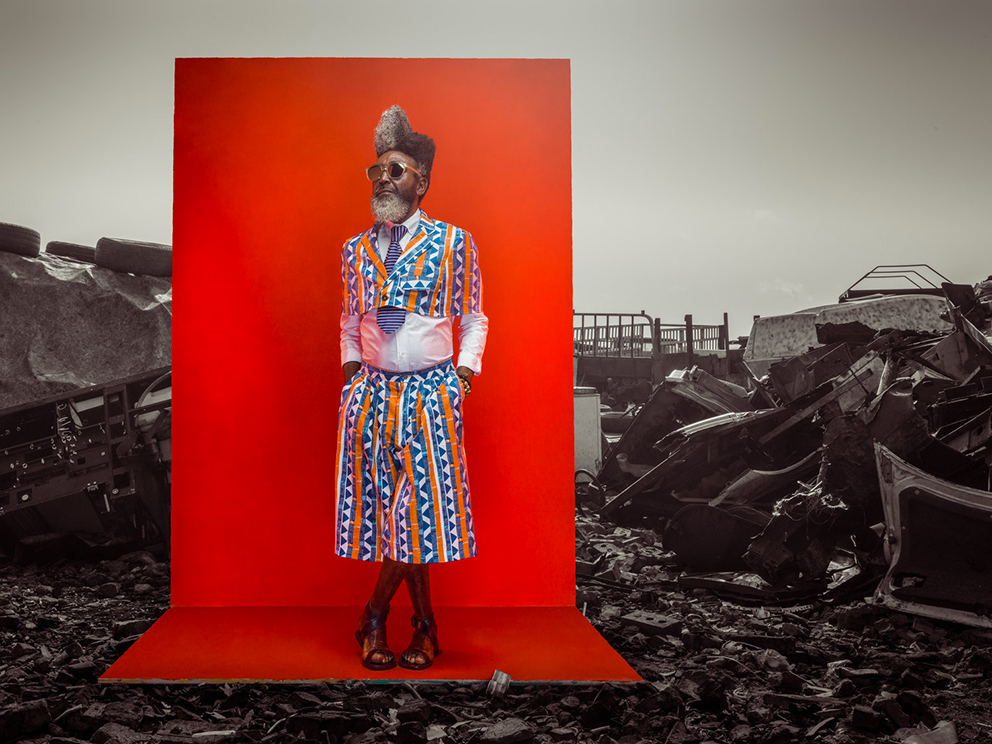
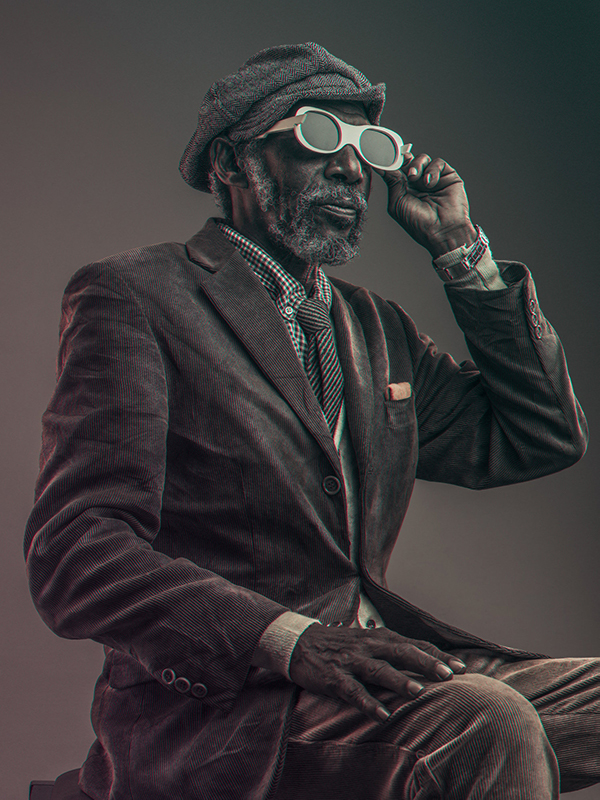
© Osborne Macharia
“I would wish to be involved from the point that brands start to discuss on the visual direction and aesthetics.” – Osborne Macharia
We often think creativity lies at the heart of every single artistic project. But it’s not always the case with commissioned projects where commercial stakes at play outweigh freedom of expression. When should the photographer be looped in the creative process, then? Because each production is unique, their involvement level may vary according to the client’s requirements and budget. Photographers generally enjoy to be included and involved from the start so they can better anticipate the course of action and infuse the work with their personal touch.
“I participate in all processes, so I'm called from the beginning to create a solution to the brand problem.” – Juliana Frug
That being said, most of them know how to show flexibility and adapt, which is required of them by marketing constraints. And at the other end of the spectrum, we also find talents that do better with more detailed briefings and a solid framework, such as Mexican graphic designer Paul Fuentes.
“Honestly, I like more when the client already knows what direction to take.” – Paul Fuentes
In an effort to avoid any misunderstanding that could affect the final product, it is important to pinpoint clear needs, targets and goals beforehand. A facilitated communication can help achieve just that, and so both parties shouldn’t hesitate to ask questions.
“Based on the project and how it represents an agency it's good to have a guideline to go with while you're adding your own input." – Mustafa Saeed
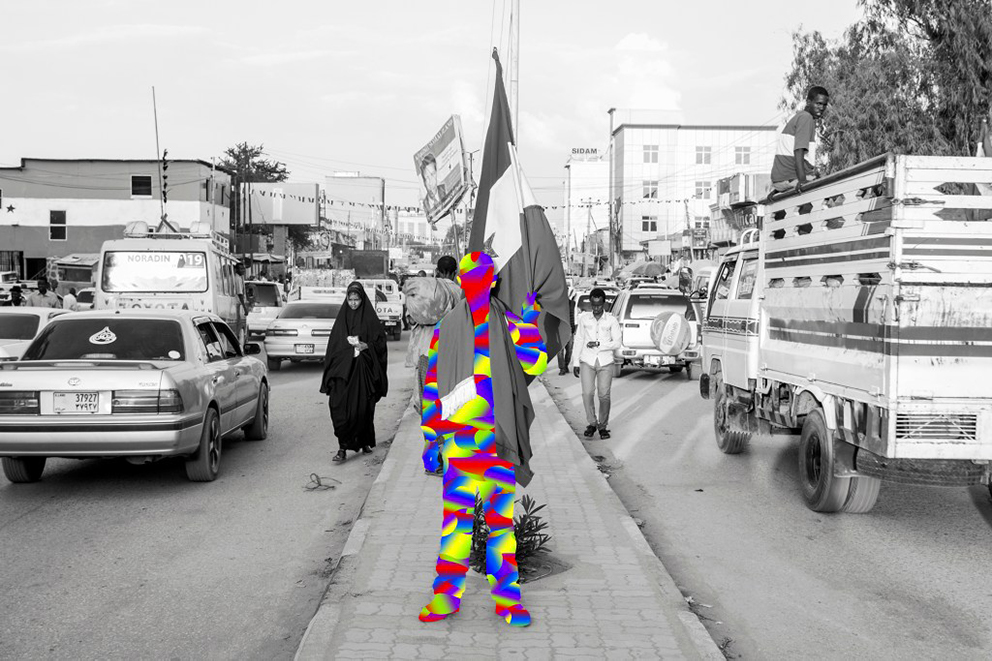
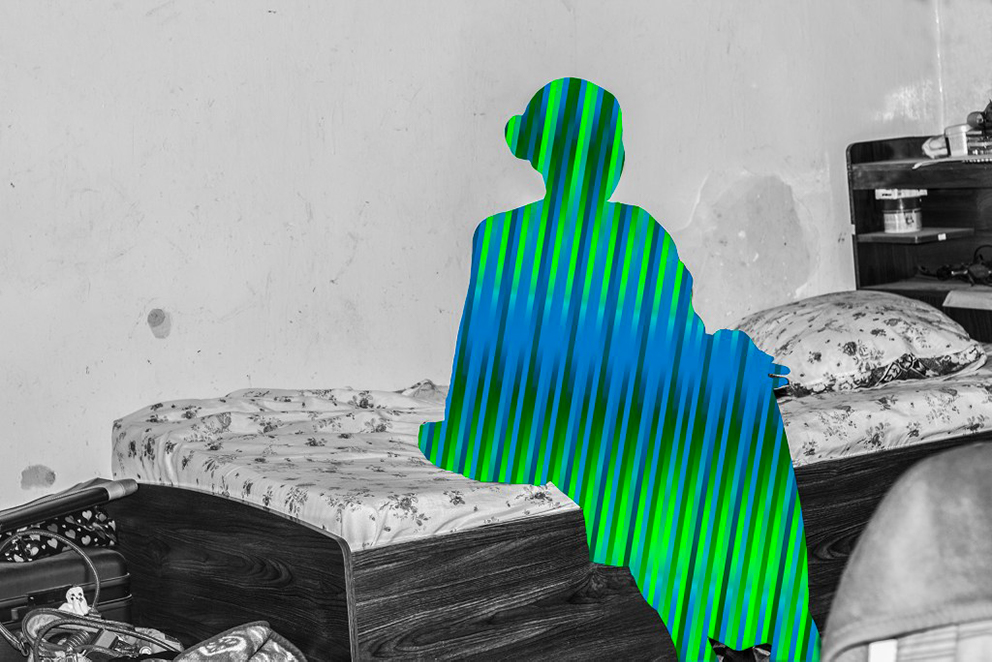
© “Cornered Energies”, Mustafa Saeed, 2017
Misunderstandings sometimes arise from cultural differences. Therefore, mediating the images is of paramount importance to ensure they’re correctly received in foreign countries targeted by a given campaign.
“I like my images to feel real as opposed to absolute manipulations of what I shot.“ – Nick May

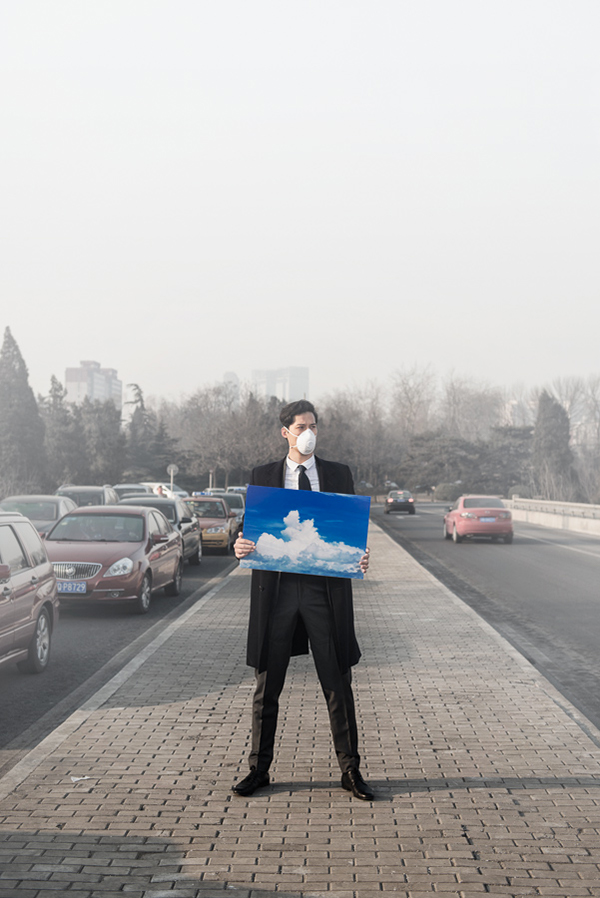
© Nick May
Censorship is one step away from filtering, but even so, we can’t begin to conceive photography without proper editing. It’s the photographer’s job (or, if one is involved, the retoucher’s), to alter reality up until it achieves its intended purpose. However, all interviewees agree they like their images better when they’re unretouched, because they reflect their artistic vision and choices better.
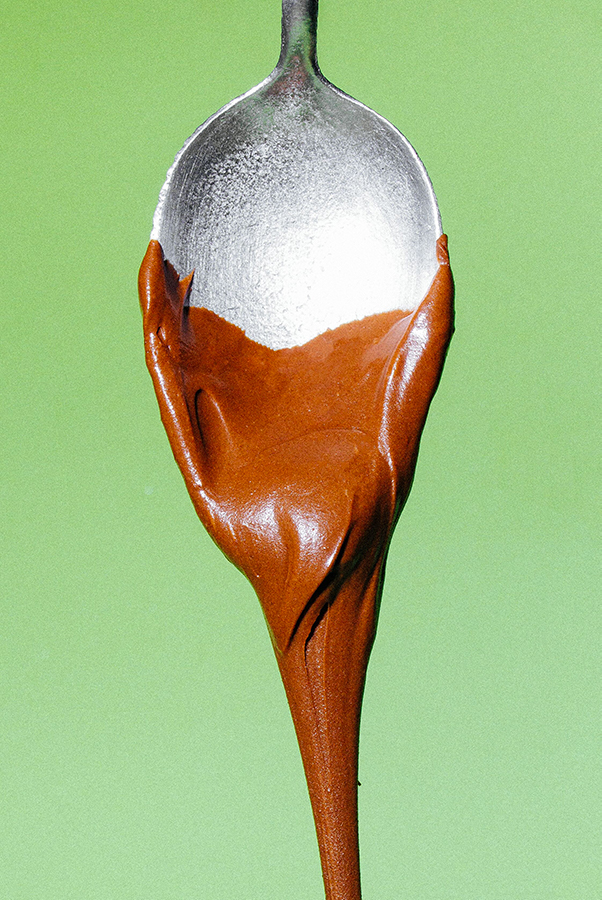
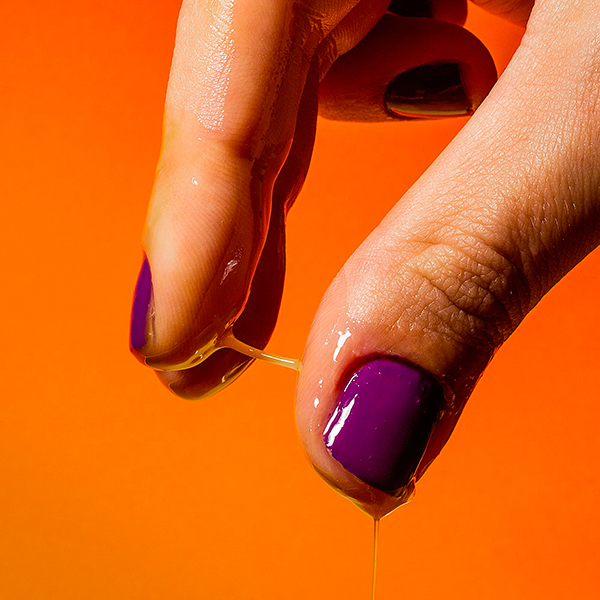
© Juliana Frug
So the creativity everyone goes on about, what is it really made of? Our photo experts answered that for them, it rhymed with future. Artistic expression fosters change, be it by condemning social problems or by the influence novelty has on us. This power within art, commissioned and free, may well lay down the foundations of a redefined, ideal, and critical
society. Ergo working towards a fairer version of the world.
“The need to express ourselves creatively is growing in our community, whether to create solutions to the problems we face, to question our society and also a breath in the chaos.” – Juliana Frug
A warm thanks to all of our talented visual creators with whom we had the chance to exchange. Don’t hesitate to check out their work!
Similar news

Paris, Talent Magnet
November 26, 2019

Globetrotters
November 26, 2019
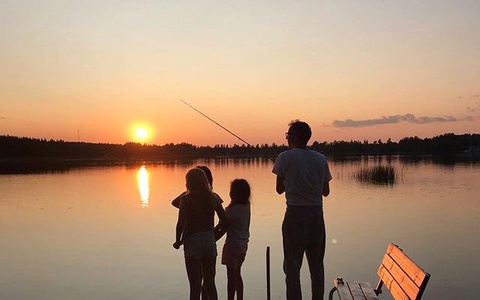
More Than Meets The Eye
September 17, 2019
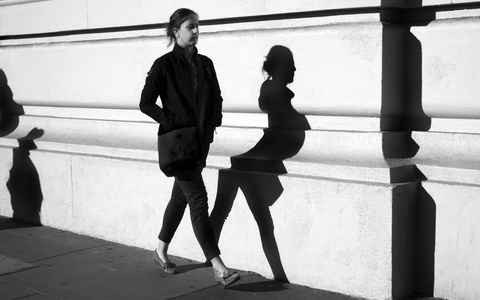
Street Photography 101
September 17, 2019
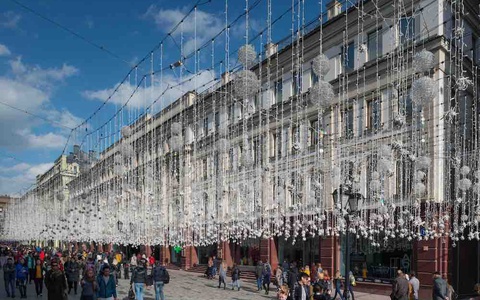
Power to the Local
September 17, 2019

